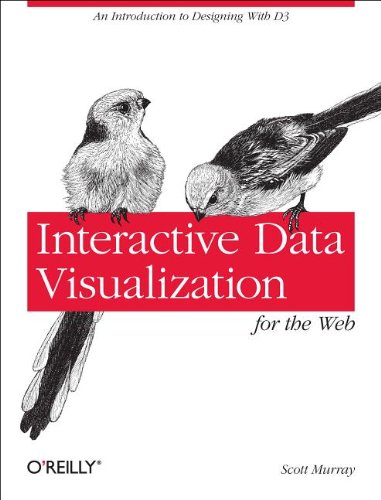
Interactive Data Visualization for the Web
by Scott Murray
Publisher: O'Reilly Media 2012
ISBN/ASIN: 1449339735
ISBN-13: 9781449339739
Number of pages: 472
Description:
Create and publish your own interactive data visualization projects on the Web, even if you have no experience with either web development or data visualization. It's easy with this hands-on guide. You'll start with an overview of data visualization concepts and simple web technologies, and then learn how to use D3, a JavaScript library that lets you express data as visual elements in a web page.
Download or read it online for free here:
Download link
(26MB, PDF)
Similar books
 HyperText Markup Language
HyperText Markup Language- Wikibooks
This is a guide to HTML, the chief markup language of the Internet. This book simply covers HTML syntax, not about how to make it dynamic. Cascading Style Sheets, a way of giving style to the markup, is covered only briefly in this book.
(7531 views)
 HTTP Succinctly
HTTP Succinctlyby Scott Allen - Syncfusion Inc.
You'll learn all about something you use on a daily basis, perhaps without realizing what goes on behind the scenes. You'll quickly learn about resources, requests and responses, safe and unsafe methods, connections, cookies, security, etc.
(9666 views)
 Web Creation for Beginners: Create Websites from Scratch
Web Creation for Beginners: Create Websites from Scratchby Ahtasham Khan - Google Books
This book is a guide for those who are passionate about building a website but have no clue that how to begin. It contains recipes including HTML and CSS, and demonstrates how to put these building blocks together to build a meaningful construction.
(6457 views)
 The Elements of Typographic Style Applied to the Web
The Elements of Typographic Style Applied to the Webby Richard Rutter, Steven Marshall - webtypography.net
In this book, the reader is taken through the principles outlined in Robert Bringhurst's 'The Elements of Typographic Style' as they apply to visual design on the web. The book goes as far as implementation, complete with the code in HTML and CSS.
(10625 views)